To treat wounds of all kinds, will Bandages needed. There are a large number of types that serve to provide the best possible care for a wide variety of injuries so that they can heal quickly.
What is bandage?

Basically, all utensils are summarized under the term dressing material that are required to treat acute or chronic wounds. However, this includes not just simple plasters and bandage rolls. Nowadays there are plenty of newly developed products that are supplemented with certain substances to speed up the healing process.
For example, plasters coated with hydrocolloid gel have been available for some years now, which keep wounds covered with them moist and thus on the one hand ensure significantly faster healing, but on the other hand noticeably reduce the formation of undesired scars. So they offer real added value for the user.
Especially in the care of chronic wounds, great successes could be achieved through the revision of the available dressing material. Dressing material in the broader sense also includes aids such as scissors, gloves and disinfectants. These make work easier and protect the practitioner from infections. For this reason, they should never be dispensed with.
Shapes, types & types
When you hear the word dressing material, you usually think of plasters first. It is a wound pad made of a suitable fabric or plastic, which is attached to an adhesive tape. The wound dressing is normally highly absorbent and often also contains antibacterial agents. Some manufacturers also add a special coating to prevent them from sticking painfully to the wound. In some cases, a plaster should not be used to treat a wound directly, but rather, for example, a corn or a water blister. These types of plaster are characterized by a filling made of gel or hydrocolloid, which has a cushioning effect. In the event of injuries such as broken bones, sedative bandages are required. Stable materials such as metal, wire, plastic or wood are used for them. The plaster cast is the most widespread nowadays. If complete immobilization is not required, elastic bandages or tape bandages, which should be firmly applied, can also be used. It may be possible to add padding materials such as compresses or cotton wool.
Structure & functionality
Compression bandages are often made with the help of elastic bands or special stockings. There are two basic subtypes of this type of bandage: the long-stretch bandage and the short-stretch bandage. If you want an effect in deeper layers as well as static pressure, the use of a long-stretch bandage is recommended. This is made from more elastic materials and is particularly suitable for mobile patients. Short-stretch bandages, on the other hand, are made from less stretchy fabrics. They appear more superficial and are the better choice for bedridden patients.
Classic wound dressings mostly consist of textiles. They often have several layers that fulfill different functions. Nowadays, moist dressings made from water-retaining hydrocolloid gel are very common. They accelerate healing or even make it possible in the first place. Particularly in the case of stubborn symptoms such as leg ulcers, they offer a chance for permanent improvement. Other newly developed materials such as alginate and special foams are also an effective way of greatly reducing the size of wounds that were previously hardly treatable.
The newly developed pads prevent them from sticking to the wound. If they cannot be used, metal-coated fabric or grease gauze must be applied so that there is no buildup. Finally, the bandage is fixed with gauze bandages, linen bandages or elastic textile tubes.
Medical & health benefits
Basically, associations have a very wide range of applications. Depending on the area, different requirements are placed on the dressing material used. Above all, bandages should offer protection against environmental influences, because the penetration of foreign bodies and pathogens into the wound in question should be virtually ruled out.
Bandages also serve to protect against mechanical stress. Movement can cause already closed wounds to burst open again. In the worst case, even newly formed tissue is destroyed. Associations can prevent this. An example of this is the plaster cast for broken bones.
In some cases, dressings can also be used to apply drugs. This type of application has been developed in recent years, which has led to the development of transdermal therapeutic systems.
By applying a bandage, injured areas are always compressed more or less. This has several positive side effects: swelling is reduced, lymph drainage is promoted and thrombosis is prevented. In addition, compression stops bleeding. As an extreme example, the pressure bandage is mentioned here, with which the blood flow is blocked in an extremity in the event of life-threatening injuries so that the person concerned does not bleed to death. It can therefore be life-saving, even if it always carries the risk of the tied-off body part dying off.
Especially with oozing wounds, bandages fulfill the function of absorbing secretions. This improves hygiene and makes wound infection less likely. Finally, bandages are used to relieve pain. The placebo effect should not be disregarded here, because a proper dressing encourages the patient to believe that his wound has received the best possible care and will now heal quickly. It often also helps that serious injuries are practically hidden by a bandage and so the sight of the wound does not always trigger a new shock. All in all, bandages fulfill a variety of tasks.

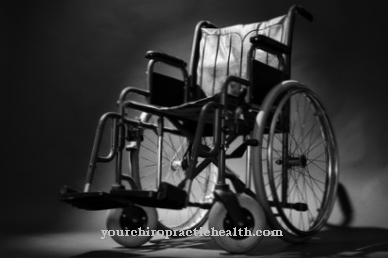
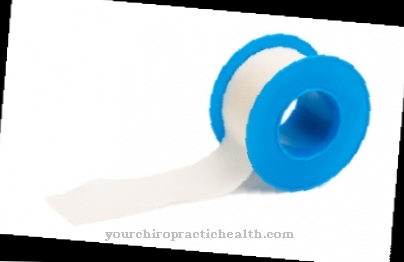
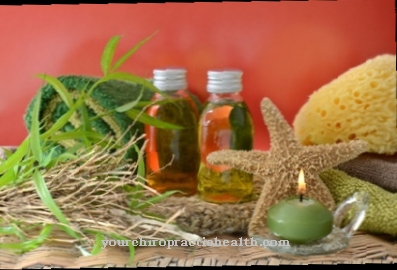
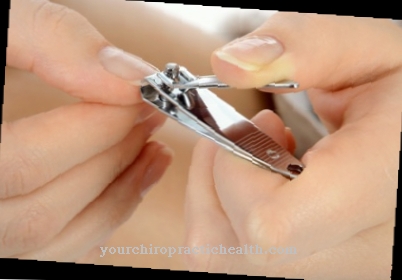
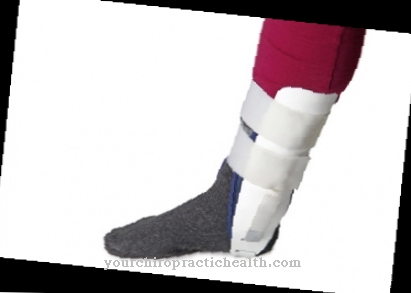
.jpg)










.jpg)



.jpg)

.jpg)




